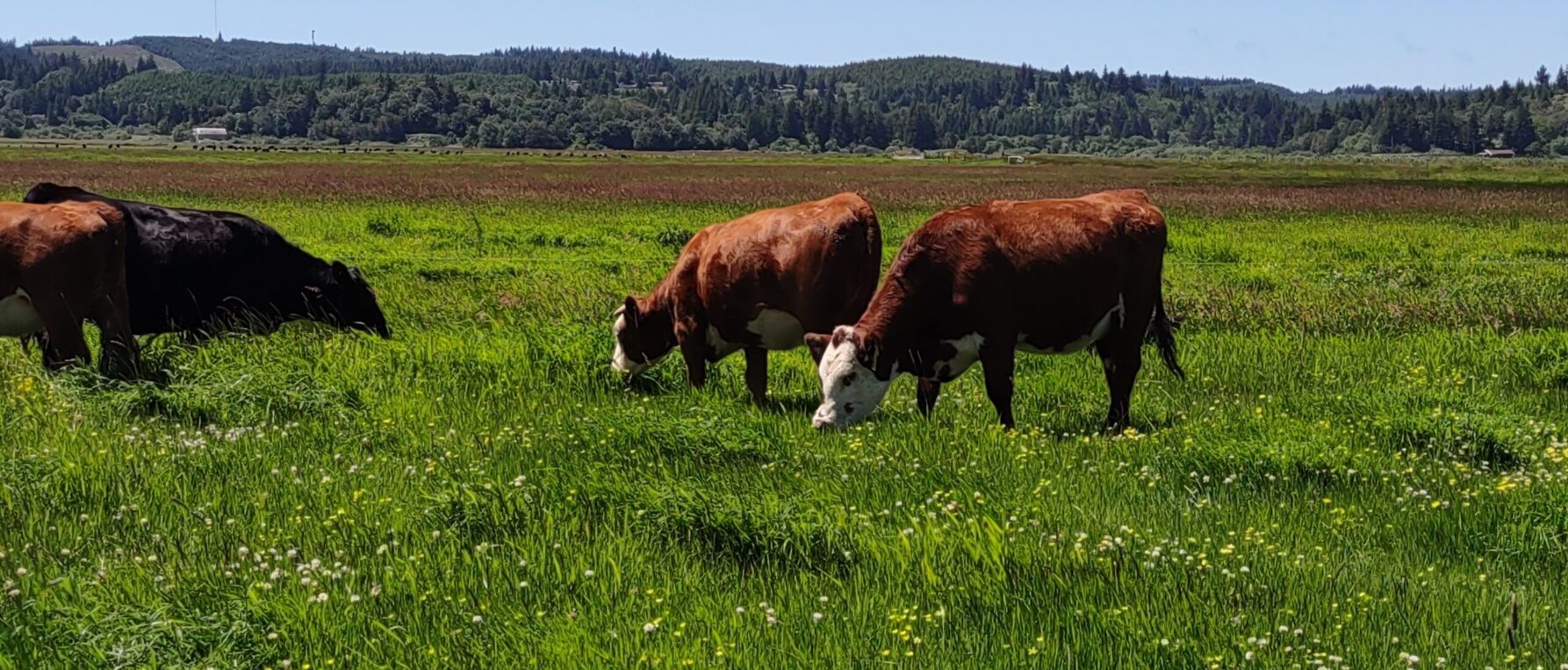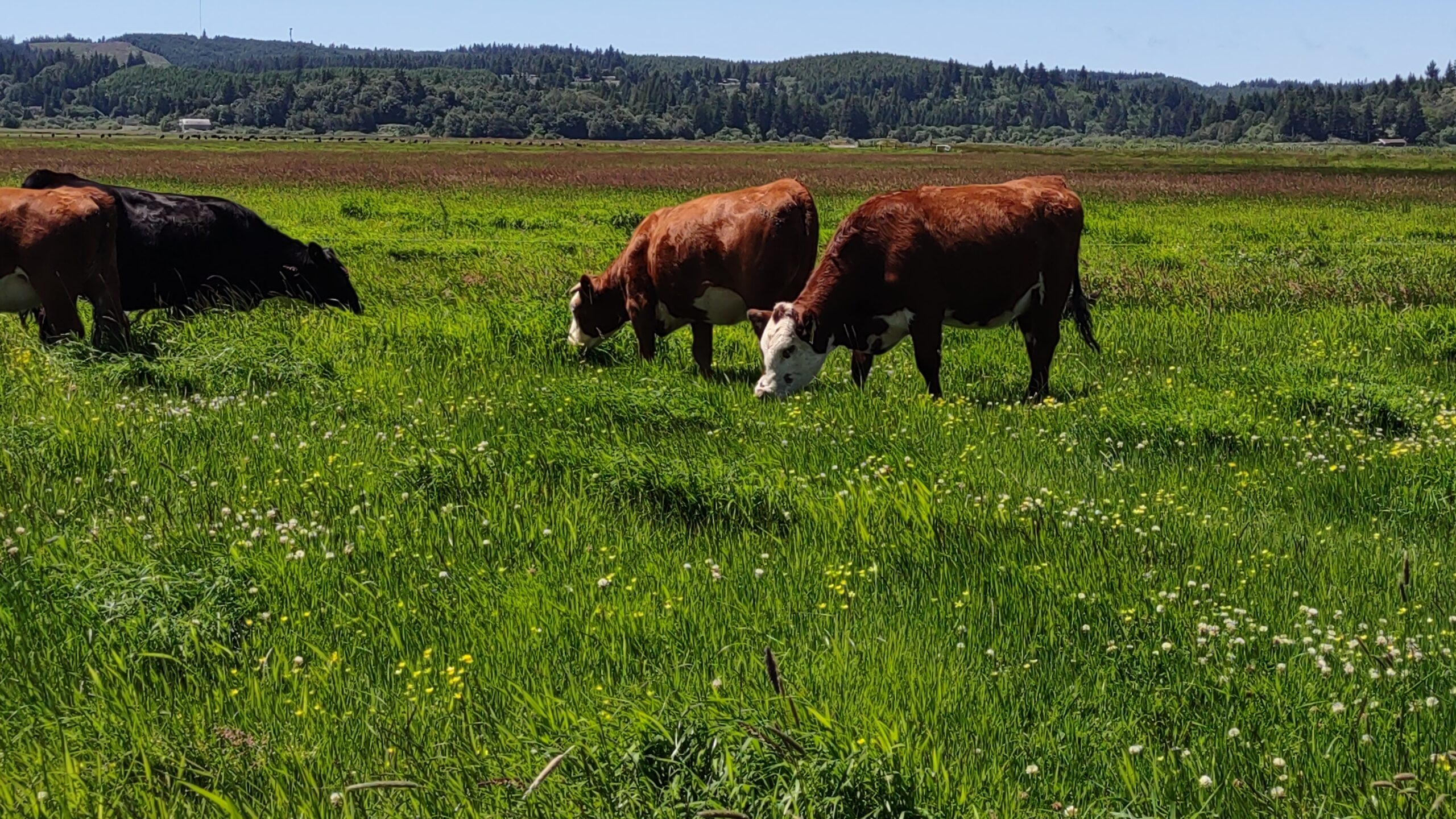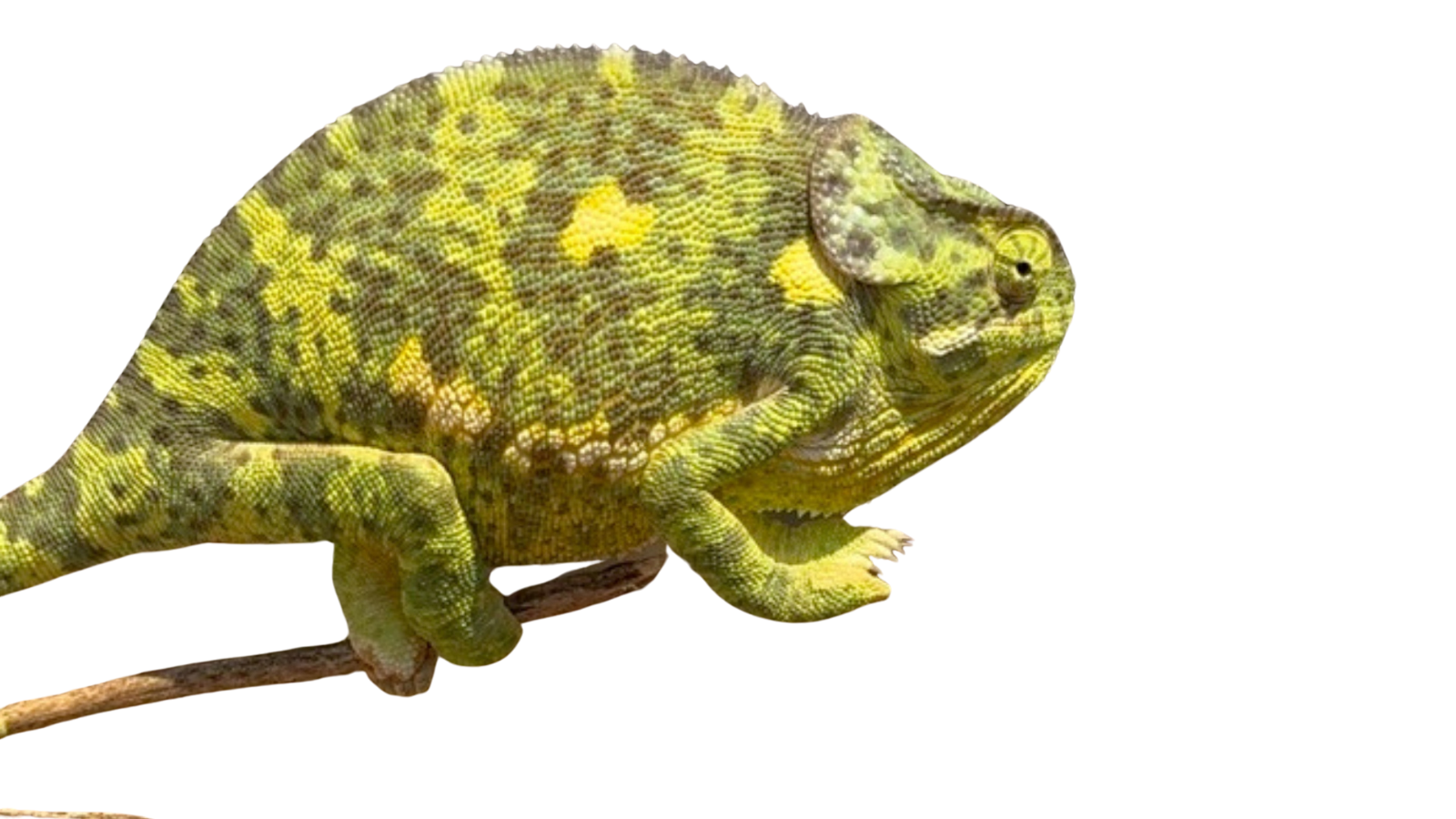
03
Big Changes In Our Life
I am now on a different continent than I was on last grazing season. My mind has moved on to keeping my family safe from buffalo as we walk, learning a new language and the exotic place names on the 161 square miles that I am going to be managing, and figuring out how to turn around an ecological condition that is the symbolizes the changes that humans have made on the whole world. There are real people that are directly suffering as a result, just as all of our ancestors and all of us suffered when these changes happened in other places in the world. The tidy, organized, green pastures in Oregon from last season feel very far away. I want to get all these thoughts down so I can move on to what I am thinking now.
Flush with Grass
You know it is late Spring when your chief management concern is, “what am I going to do with all this grass?” The grass wants to get away. Don’t let it. At the same time, let it. I’ll explain. This involves bringing the cattle together. The cattle that were spread out over eating short green grass in Oregon during the early spring must be brought together. So first…
How Do I Know When to Bring Them Together?
There should be a good reason, a grass reason. Cattle should never be brought together because of ideological purity. Don’t put cattle into a herd because “I am a mob grazer” or “I use planned Holistic grazing.” Don’t put cattle together because of what the calendar says. Don’t put cattle together because of your ideas about grass. Actually, look at the grass and use it as your guide. I am starting to think that the only reason to bring cattle together is that the grass is getting ahead of the cattle or has gotten ahead of the cattle. Bringing the cattle together into smaller and smaller areas as grass growth increases allows you to keep the grass at the same height.
Keep it Short. The grass. And the Blog Posts.
The height that I am going for is short, but not too short. I want to see a dense pasture and leaves coming directly from the ground without stems. But I don’t want it to “look tired.” If it looks tired, for heaven’s sake, move them, not so much for the paddock in question, but because there are so many places that need cattle in late spring that it is a total waste not to use hungry cattle to make some grass better. I want it to look like a well-managed, set-stocked pasture. The recovery time at this point in Oregon is very short, 15-25 days. Put them back in as soon as it doesn’t look tired anymore. Don’t wait a single day at this time of year. The objective is to stay ahead of the grass, not get ahead. If the grass is “pasture-like,” where the leaves are coming directly out of the ground, dense, with no stems, the grass will recover much faster.
Let It Get Really Tall. But Only some of it.
The flip side of putting all these animals together is that some paddocks are dropped out of the rotation. The grass in those paddocks will get away from you. That is fine. Stop thinking about it. So we have a tale of two pastures, some paddocks staying short and pasture-like, others getting tall. Very tall. Whenever the short and pasture-like areas look good again and are ready to regraze, bring them back there. If I were to do this season again, I would bring the cattle back to the short pasture even sooner.
Evolutionary Foundations
This mimics the way grasslands evolved. In the pre-technological Eden that existed everywhere on this planet until about 50,000 years ago, wild grazers started getting a little tense once the grass got tall enough to conceal a crouching lion. This habit kept some grass short. At the same time, this habit allowed other grass to get tall. This simple ecological phenomenon has completely shaped the grass plant. Without this pattern, there would not be such a thing as grass.
Up Shot
The “conventional eco-grazer” theory about grass growth was that we rest grass to increase the energy stored in roots. The problem is, from the perspective of a practical on-the-ground manager, my experience has often not lined up with this paradigm. On top of that, when scientists looked for these energy reserves, they couldn’t find them, not in the plants many of us care about most, bunch grasses. They just don’t store energy this way. In my opinion, we are not bringing animals together to build root energy reserves in the grass.
We bring cattle together, spread them apart, or take them away altogether because of big changes in grass volume. When the grass gets more dense than, the animals need to as well, and vice versa. This is what mimicking nature in grazing means, I believe. I will have much more to say about this as time passes. This seems too simple to matter much. But if we occasionally get good results by managing grass from the paradigm of root reserves, we are like the broken clock that gets good results twice a day. There are critical real-world consequences, which I will get into next week. Or month. But hopefully not next season.

